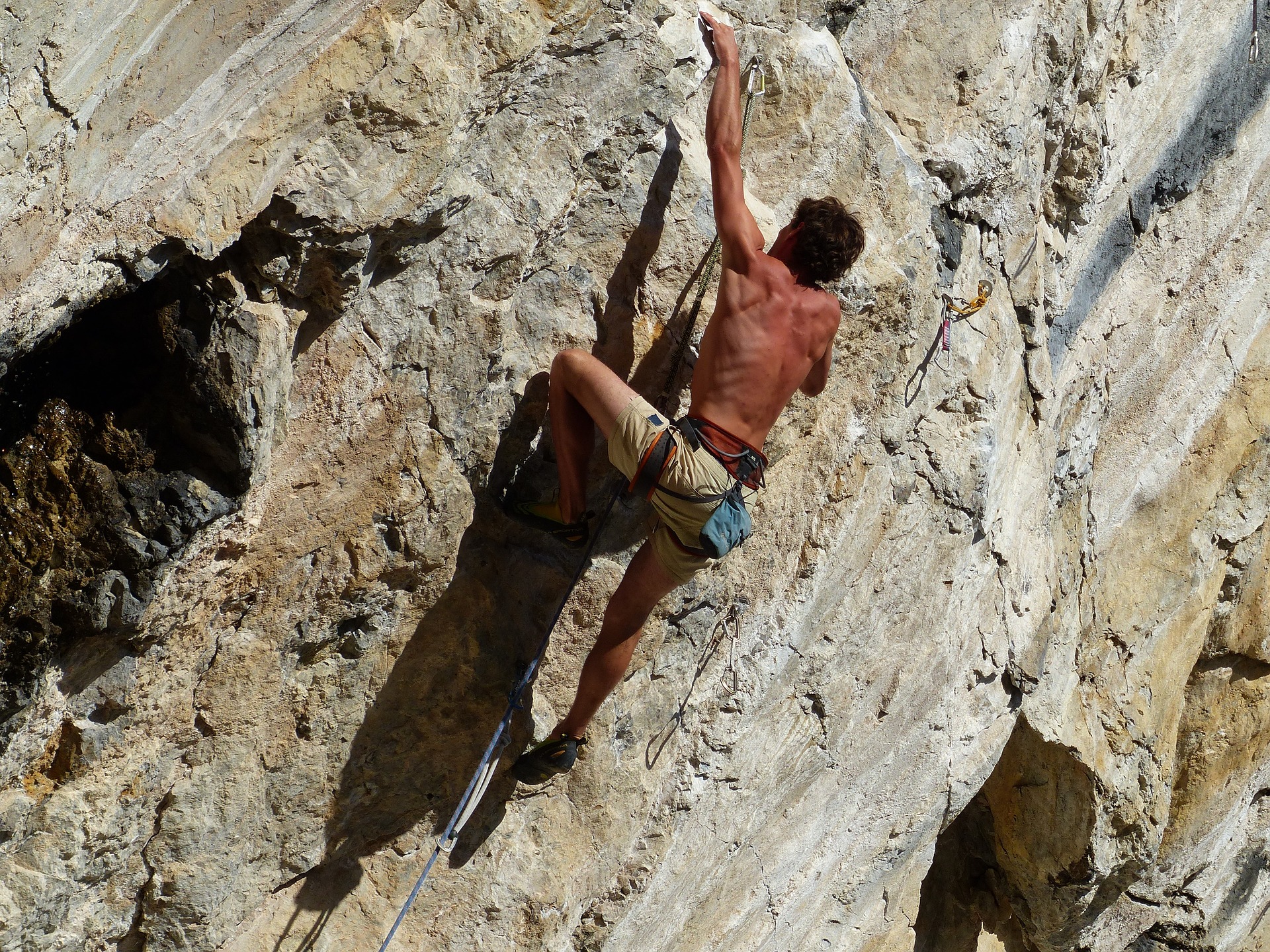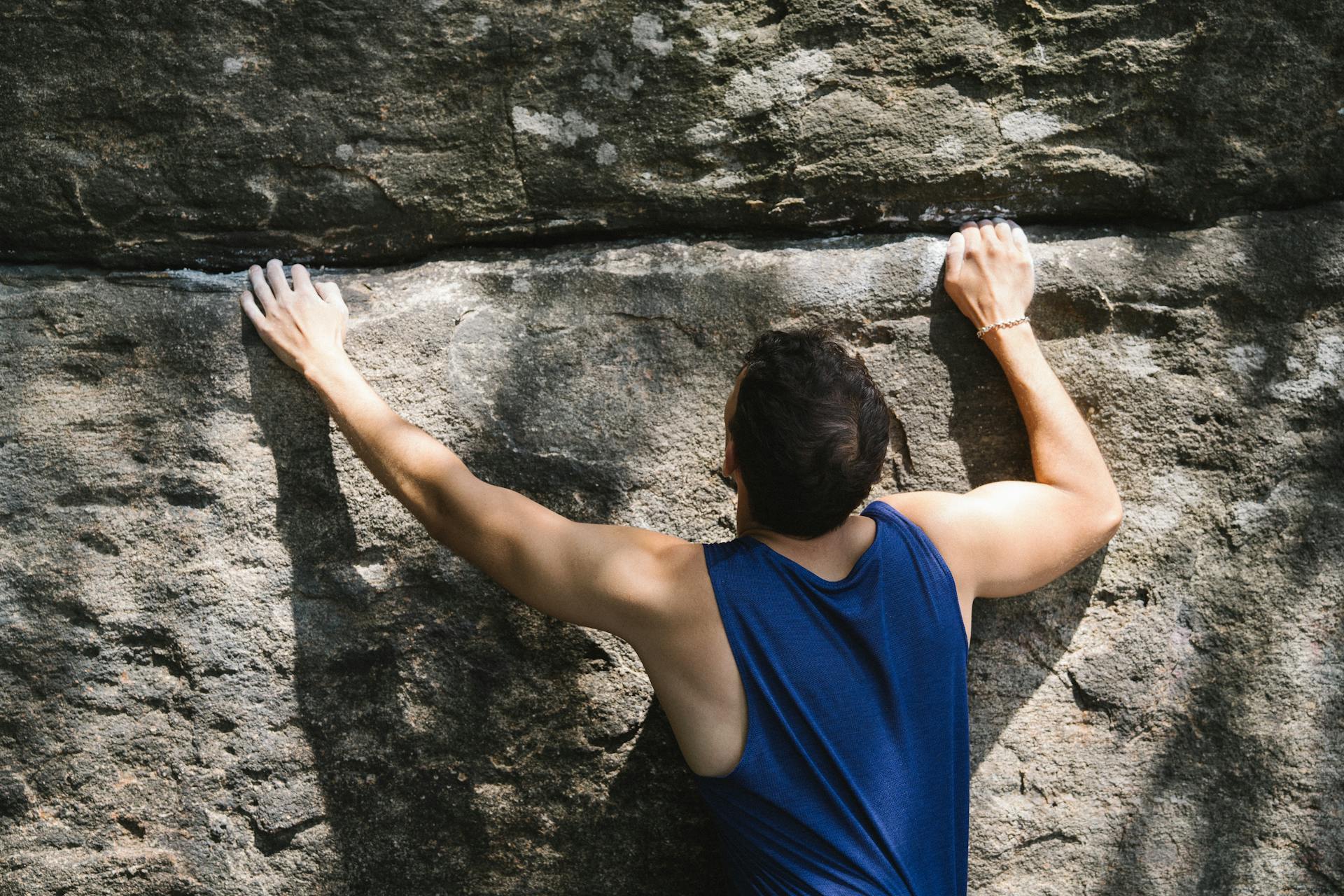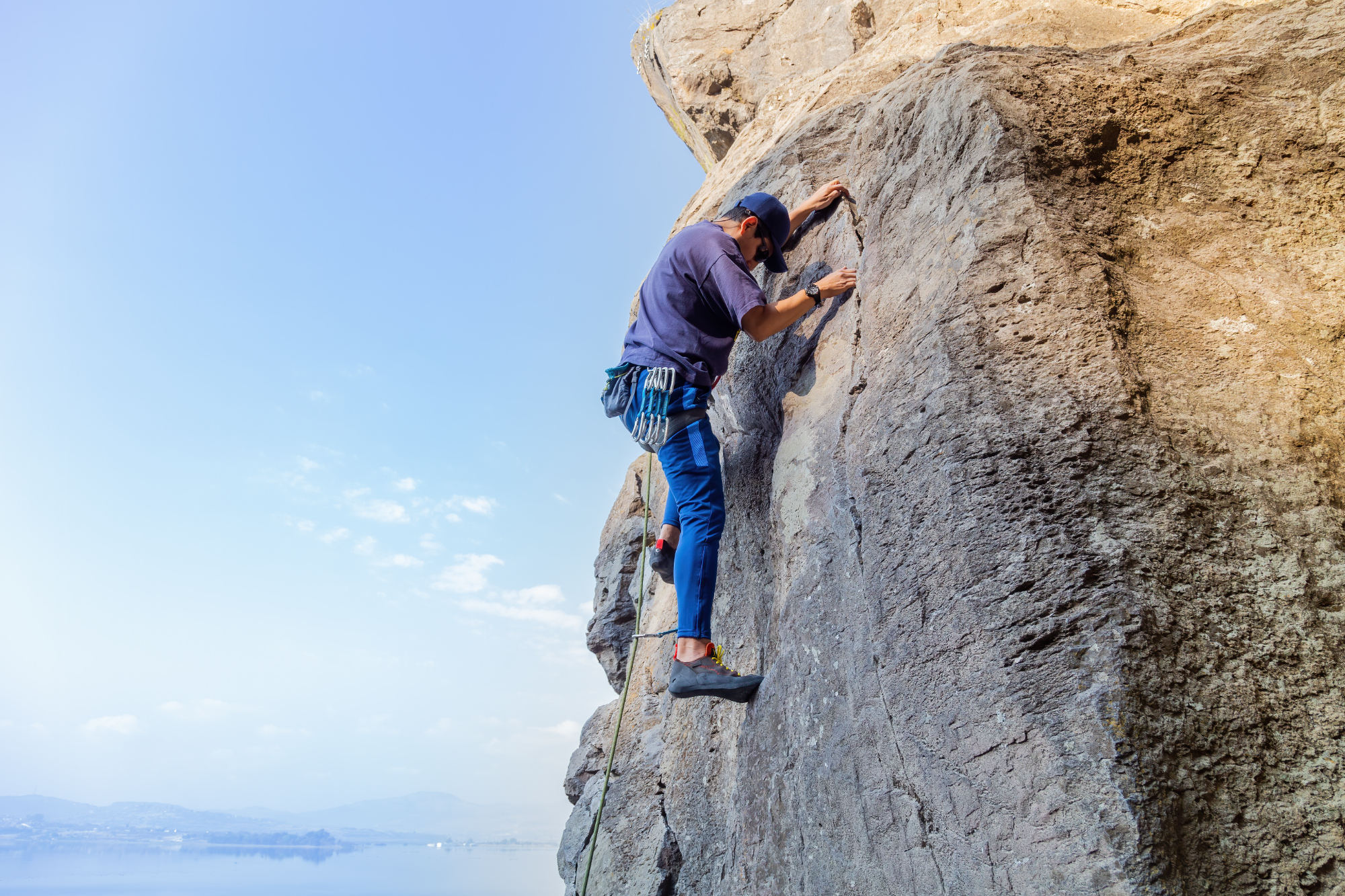Free solo climbing is an activity that involves climbing rock faces or cliffs without the use of ropes or any safety gear. This makes it one of the most thrilling yet incredibly risky forms of climbing. The absence of safety equipment means that if a climber falls, the consequences can be dire, often resulting in death or serious injury. The heights, the surfaces, and the potential for accidents all contribute to the danger. Despite its risks, there are climbers who are drawn to free soloing, driven by a sense of adventure and personal challenge. For those who choose to engage in this extreme sport, it is crucial to take certain precautions to help reduce the chances of a fall. By being mindful of the climbing environment, understanding one’s own physical limits, and choosing appropriate times and places to climb, individuals can create a somewhat safer experience for themselves. Preparation and awareness are essential components for minimizing the inherent dangers associated with free solo climbing.
Climb within your limits
Climbing is an activity that requires careful consideration of your abilities and limits. When you choose climbing routes, it is essential to select those that match your skill level. This means finding routes that you feel comfortable with and that you can complete without excessive strain or difficulty. It is important to recognize when a climb is too challenging, as attempting to tackle routes that are beyond your current abilities can lead to both physical and mental exhaustion, as well as increase the risk of injury. By climbing within your skill range, you can enjoy the experience more fully, build your confidence, and develop your skills gradually over time. Remember, the goal is to progress and enjoy the journey, not to rush into climbs that may be too difficult and could lead to negative experiences.
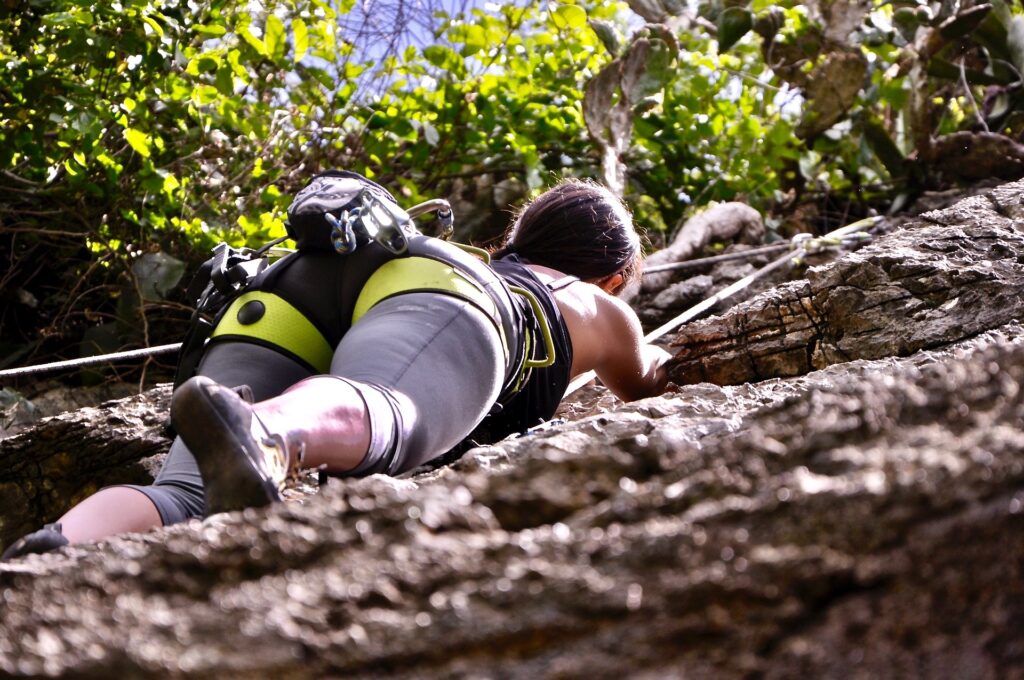
Choose routes with good holds and protection
When selecting climbing routes, it is crucial to choose those that feature good holds and reliable protection. Start by looking for routes that offer solid handholds, which are grips you can use with your hands, and sturdy footholds, where you can place your feet securely. Good holds provide confidence as you climb, making it easier to progress upward. Additionally, it is important to examine the rock quality along the route. Avoid routes that contain loose rock, as these can be dangerous and may lead to accidents. Furthermore, make sure that protection points, which are placements for gear that keep you safe, are trustworthy. When a route has questionable protection, it can increase the risk of falling or getting hurt. Prioritizing routes with strong holds and dependable protection is essential for ensuring a safe and enjoyable climbing experience.
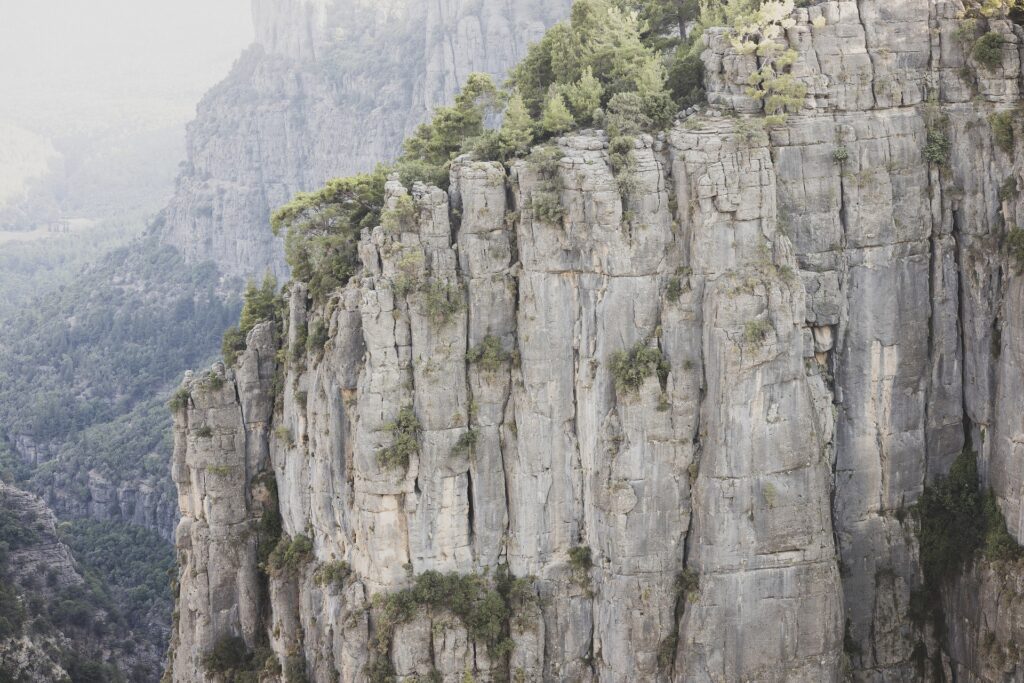
Practice good technique
Practicing good technique is essential for anyone looking to improve their skills in any physical activity. When you focus on using the proper techniques, you can perform movements more efficiently. This efficiency allows you to use less energy while you are working. Moreover, when your technique is solid, you are less likely to make mistakes that could lead to accidents or falls. By paying attention to how you move and making sure you follow the correct methods, you not only enhance your performance but also ensure your safety. This focus on technique can make a significant difference in your overall experience and success in the activity you are participating in.
Be aware of your surroundings
Being aware of your surroundings is crucial for safety and decision-making. Start by closely observing the weather conditions. Changes in temperature, wind speed, and cloud cover can indicate approaching storms or other hazards that may affect your activity. Additionally, take note of the time of day, as daylight is essential for visibility and safety when navigating outdoors. It’s important to know how much natural light you have left, especially if you are in a remote area where getting lost could be dangerous.
Moreover, pay attention to the other climbers and outdoor enthusiasts around you. Their behavior can give you valuable information about trail conditions, potential dangers, or even help if you need assistance. By staying alert to these factors, you can make informed choices that enhance your experience while also keeping yourself and others safe in your outdoor adventures. By maintaining this awareness, you contribute to a safer and more enjoyable environment for everyone involved.
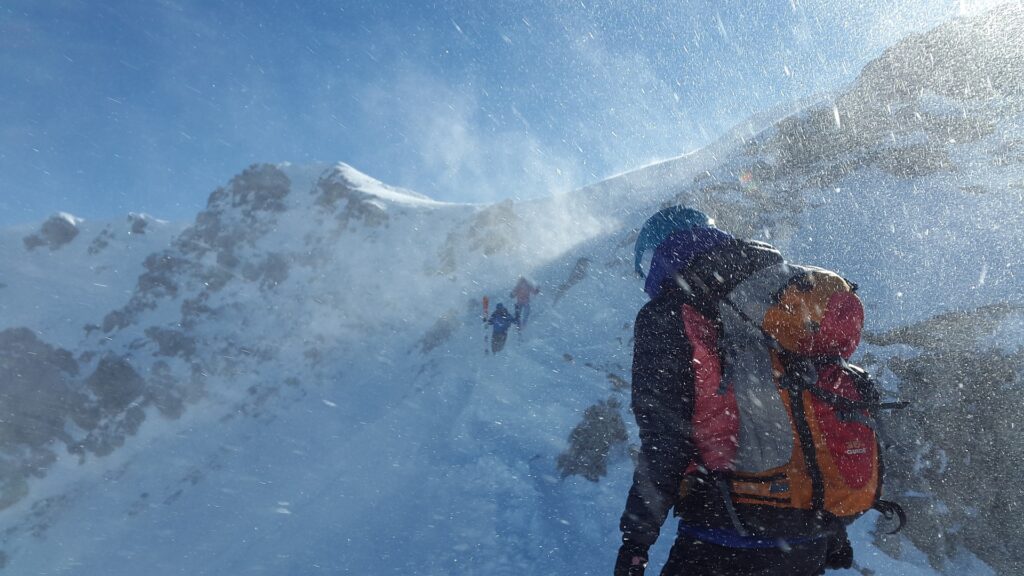
Have a backup plan
It is essential to have a backup plan in place when you are engaging in activities that involve heights or challenging climbs. If at any point during your ascent you begin to feel uncomfortable or unsafe, it is crucial to be prepared to take a step back. This might involve carefully downclimbing to a safer location or using a rappel to descend more quickly and safely. Having these options ready ahead of time can make a significant difference in ensuring your safety. Being mentally prepared to execute these plans not only helps in avoiding potential accidents but also gives you peace of mind while you are navigating challenging terrain. Always remember that prioritizing your safety is more important than reaching the top.
It is crucial to understand that the tips provided do not ensure your safety. Free solo climbing carries with it a significant amount of risk, and there is always a potential for serious injury or even death due to a fall. This type of climbing, which involves ascending cliffs and vertical rock faces without the use of ropes or safety equipment, is an extreme sport that demands not only physical strength but also mental focus and caution. Therefore, if you are thinking about trying free solo climbing, it is essential to carefully consider both the dangers involved and the potential benefits. Weighing these factors can help you make a more informed decision, but always keep in mind that no amount of preparation can completely eliminate the risks associated with this thrilling yet perilous activity.
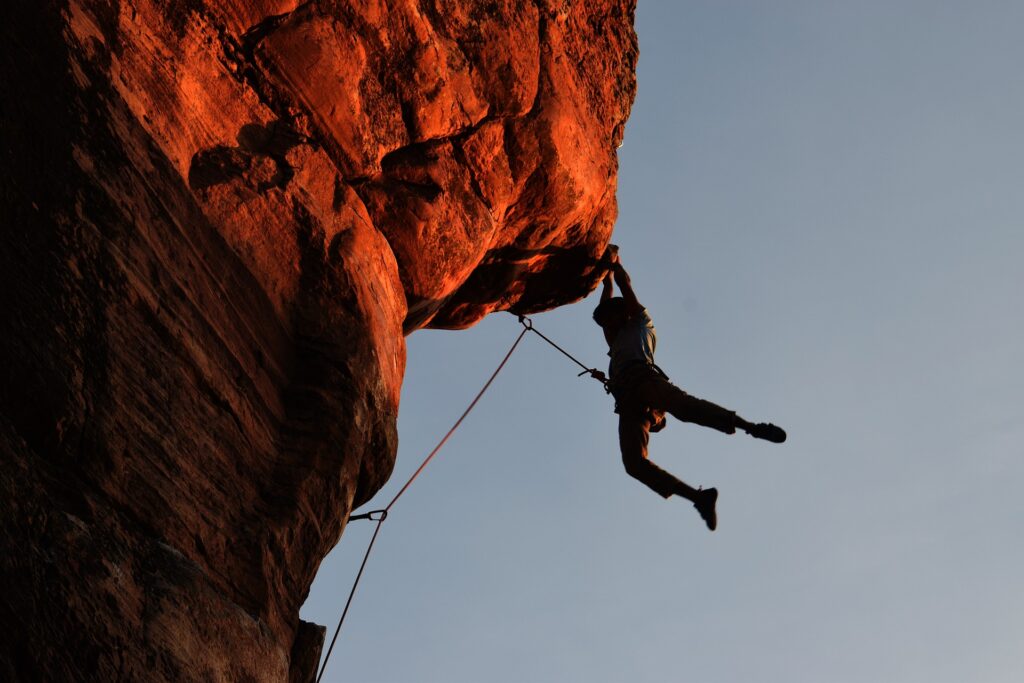
If you fall, here’s what might Happen
Impact:
First and foremost, the impact you feel when you hit the ground can vary greatly. This variation depends largely on two main factors: how high you fell from and the angle at which your body makes contact with the ground. When you fall from a greater height, the force of the impact increases, which can lead to serious injuries. It’s possible that you might suffer from broken bones, which could range from a minor fracture to something more severe that requires medical attention. Along with broken bones, there is also a risk of internal bleeding, which may not be immediately obvious but can be very dangerous. Another serious concern is head trauma, which can occur if you hit your head during the fall. This type of injury can lead to a variety of complications, some of which might even be life-threatening. In summary, falling can lead to a range of injuries, and the severity of these injuries will largely depend on how high you fell and how you landed.
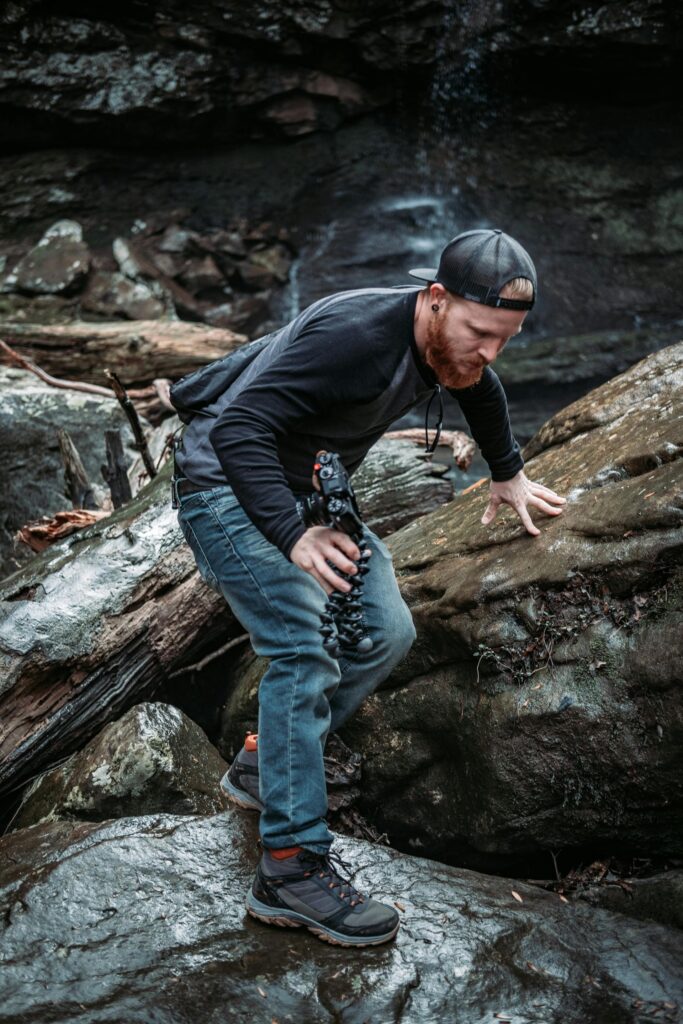
Bouncing:
Bouncing off the ground or a rock face isn’t something climbers or hikers want to experience, but it happens. The impact can not only worsen injuries, but also introduce new ones. Imagine falling and hitting a rocky surface. The force can propel you into uncontrollable spins, leading to broken bones and bruises since you’re not in control of your body. Even minor bounces can send you slamming into sharp edges. This brings the risk of cuts, scrapes, and more severe injuries like concussions. Protecting yourself with the right gear matters a lot. A helmet can reduce head injuries, while wearing padded gear can help cushion some of the impact. And remember, steadiness plays a role too. Properly anchoring yourself can minimize falls. It might sound simple, but knowing how to handle a surprise bounce could save you from a painful experience. Always check your gear before setting off and make sure it’s in good shape. A split-second decision during a bounce might not seem like a big deal, but it can mean the difference between walking away or seeking urgent help.
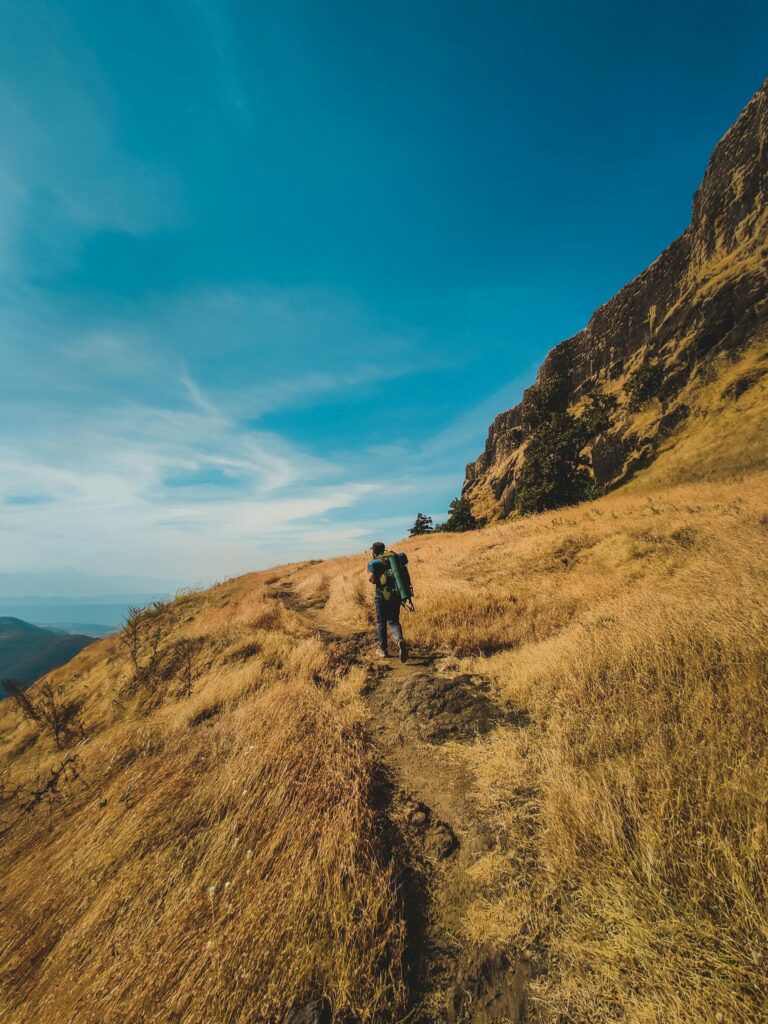
Falling debris;
If you’re ever up high, falling debris is a real thing to watch out for. Imagine you’re up on a steep trail or a construction site, minding your own business, and bam, rocks or debris start raining down. It’s sudden, it’s dangerous, and it could really mess you up. You might think you’re safe just because you’re careful not to fall, but it’s not just about you. It’s also about what’s around you. Loose rocks, broken branches, or even tools left unsecured can become a hazard. Gravity does its thing, and before you know it, you’re dodging chunks of stuff hurtling your way. It’s not like you can just move out of the way; these things can be fast and unpredictable. So, why gamble with your safety? Always keep an eye up, not just down. It helps to wear a hard hat, especially if you’re on a work site. But when you’re out hiking, a little extra attention to what’s above can save you a lot of trouble. Don’t just watch your step; watch the sky too.
Exposure:
Falling in a remote area can be more than just a painful experience. It’s a risky situation for your health. With nobody around to help, you’re exposed to weather conditions that can quickly turn dangerous. Imagine being out in the wild with temperatures dropping fast. Without proper clothing or shelter, body heat escapes quickly. This sets the stage for hypothermia, where your body loses heat faster than it can produce it. Low temperatures aren’t the only threat, though. Wind and rain make you even colder, and dehydration becomes a real concern if you’re out there for long. Lack of access to food and water worsens everything. Even a small injury can turn serious without care. Got a first aid kit with you? Great. Otherwise, a simple sprain or cut could lead to infection. Are you prepared for these scenarios? It’s crucial to know the risks and how to protect yourself. So, when adventuring into the wild, always be prepared. A little caution can go a long way in keeping you safe.
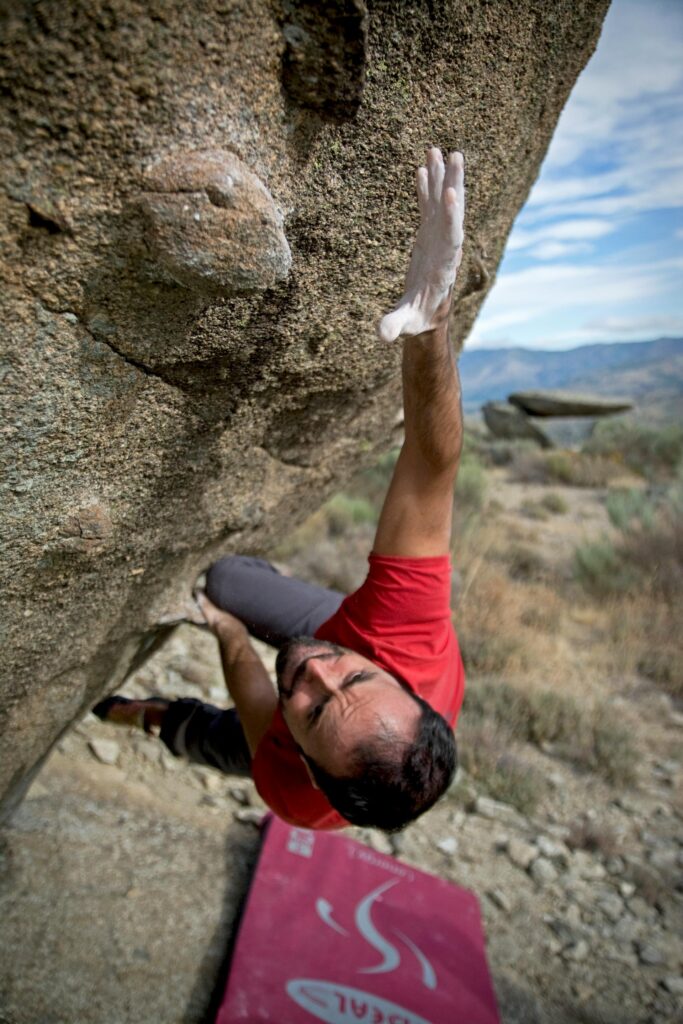
Conclusion
The most effective way to stay safe and minimize the dangers associated with climbing is to always climb carefully and stay within your personal limits. It is crucial to understand your abilities and not overestimate what you can do. If you have made the decision to free solo, which involves climbing without ropes or safety gear, it is essential to thoroughly research the routes you plan to tackle. Familiarize yourself with the challenges involved and consider the conditions of the rock and weather. Take every possible precaution to ensure your safety, such as informing others of your plans, checking for any potential hazards, and having a plan for emergencies. By being well-prepared and cautious, you can enjoy climbing while reducing the risks involved.
